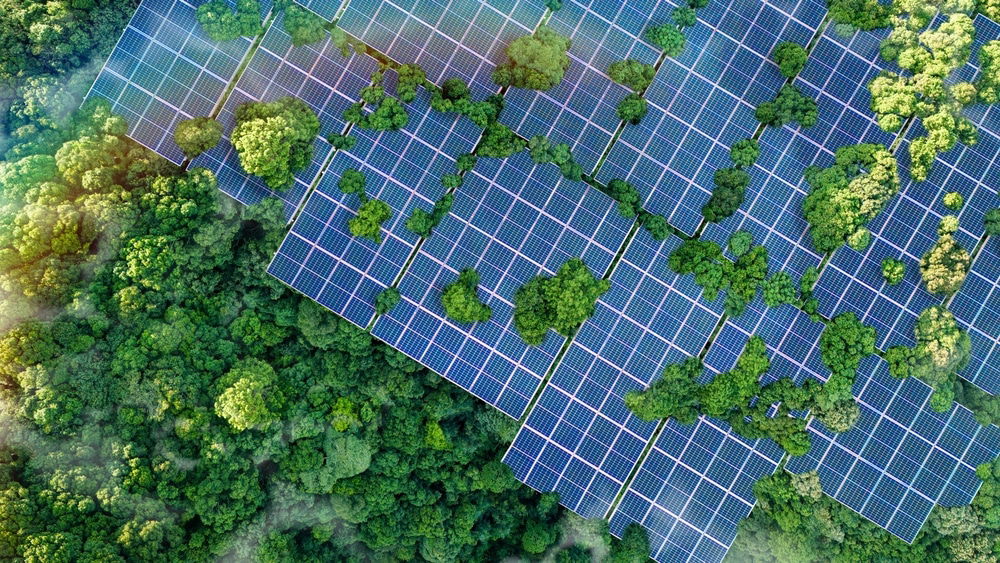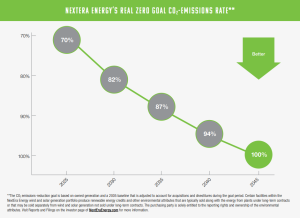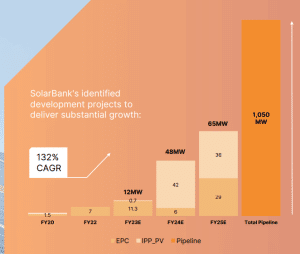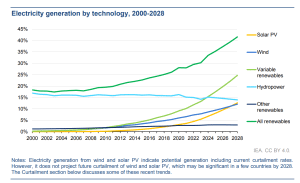Governments, businesses, and consumers are increasingly seeking sustainable energy sources as climate change concerns grow. While solar and other alternatives can be more costly or complex to produce compared to fossil fuels, they offer the key benefit of a much smaller environmental impact.
Solar energy continues to make significant strides as a cornerstone of global renewable energy efforts. According to the IEA’s 2023 report, solar photovoltaic (PV) capacity has seen unprecedented growth. It reached over 1,000 gigawatts (GW) globally by the end of 2023. This remarkable expansion underscores solar energy’s pivotal role in decarbonizing the power sector.
In 2023 alone, solar PV installations increased by approximately 200 GW, with China leading the charge as the largest market, contributing nearly 50% of the new capacity. The United States and the European Union also reported substantial growth, reflecting a global shift towards sustainable energy solutions.
Solar companies are currently thriving, thanks to the Inflation Reduction Act of 2022, which allows taxpayers to deduct 30% of solar power costs from their taxes through 2032. Here are the top 3 solar companies that are making names in the industry.
1. NextEra Energy: Leading the Clean Energy Revolution
- Market Capitalization: $151.19 billion
- Location: Florida, United States
NextEra Energy, a Florida-based clean energy provider, claims to be the “world’s largest producer of wind and solar energy.” It operates 33 solar projects across the U.S. and boasts over 30,000 net megawatts (MW) of generating capacity in the U.S. and Canada. Specifically, its presence extends to 49 states and four Canadian provinces, as seen below.
NextEra Energy reported revenues of around $25 billion in 2022, with a market capitalization of over $150 billion, making it one of the most valuable energy companies in the world.
As one of the largest utility companies in the U.S., NextEra is committed to driving the transition to clean energy by developing innovative renewable energy solutions. The company focuses on generating electricity through wind, solar, and nuclear power, positioning itself at the forefront of the renewable energy sector.
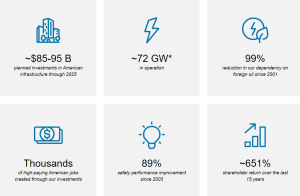
NextEra Energy has achieved significant milestones in advancing renewable energy. The company operates more than 72,000 megawatts of generating capacity. A key milestone was becoming the first energy company to reach a $100 billion market capitalization in 2020.
The company’s subsidiary, NextEra Energy Resources, is leading solar energy projects across the U.S. and beyond, contributing to the company’s growth in clean energy production. It is working on some of the largest solar and battery storage projects in the U.S. These include the Manatee Energy Storage Center, which will be the world’s largest solar-powered battery system.
Investing Billions Toward Its Real Zero Goal
The energy company pledges to reduce its carbon footprint with planned investments of up to $95 billion in solar and wind energy projects. These include the expansion of its solar energy portfolio to over 11,000 megawatts.
Tackling its own footprint, NextEra’s goal is to achieve a 67% reduction in CO2 emissions from 2005 levels by 2025. Additionally, it plans to eliminate all carbon emissions from its operations by 2045 through innovative projects such as hydrogen energy storage and zero-emission power generation.
Through these ambitious initiatives, NextEra Energy is making substantial progress toward a sustainable energy future.
2. First Solar: Revolutionizing Solar Energy with Innovation
- Market Capitalization: $31.20 billion
- Location: Tempe, Arizona
First Solar, headquartered in Tempe, Arizona, is a global leader in solar technology, specializing in the development and manufacturing of solar modules.
Unlike most companies in the solar industry, First Solar designs and produces thin-film photovoltaic (PV) solar panels. This thin-film semiconductor technology boosts efficiency and sustainability of solar modules, with a total global production capacity of over 8 GW annually.
These panels are known for their durability, lower carbon footprint, and ability to perform efficiently in extreme conditions. Hence, they are ideal for utility-scale solar projects. They can generate up to 465 watts per module, making them one of the most powerful options in the market.
The Arizona-based company has established itself as a trailblazer in the solar industry, with over 25 gigawatts (GW) of installed solar capacity worldwide. Its expansion aims to increase their annual production capacity to 16 GW by 2025.
The company achieved a major milestone in 2022 by becoming the largest solar manufacturer in the U.S. Moreover, First Solar’s new Series 6 PV module has set industry benchmarks for cost-effectiveness and sustainability, boosting efficiency in large-scale solar installations.
The solar innovator’s modules power some of the world’s largest solar farms, including the Desert Sunlight Solar Farm in California and the Topaz Solar Farm, which have a combined capacity of nearly 1 GW.
Displacing Fossil Fuels for Net Zero
First Solar is deeply committed to sustainability and clean energy. Its thin-film solar panels are manufactured using processes that reduce greenhouse gas emissions by up to 90% compared to conventional solar technologies. Below is the company’s path to net zero by 2050.

The company has taken significant strides in reducing its own carbon footprint by implementing a closed-loop panel recycling process. By doing that, the solar company is reclaiming up to 95% of semiconductor materials and glass.
First Solar’s investments in research and development are geared toward scaling up renewable energy projects, contributing to global efforts to combat climate change by displacing fossil fuels.
3. SolarBank Corporation: Building a Sustainable Future with Solar
- Market Capitalization: $200.54 million
- Location: Toronto, Canada
SolarBank Corporation, a fast-growing solar energy developer, focuses on designing, building, and operating solar power projects across North America. The Toronto-based company is actively engaged in renewable energy development, supporting local communities and helping reduce reliance on fossil fuels.
Specializing in utility-scale, commercial, and community solar solutions, SolarBank is dedicated to accelerating the adoption of clean energy by providing efficient and cost-effective solar installations.
SolarBank has made significant progress in expanding its solar energy portfolio. One notable achievement is the successful development of over 600 MW of solar projects across the U.S. and Canada. This milestone showcases the company’s commitment to increasing the availability of solar energy.
The solar company has recently expanded its operations into new markets, including New York and Ontario, Canada. Its financial performance also shows how the company is growing exponentially.
Moreover, SolarBank’s strategic partnerships with local governments and private entities have led to the construction of multiple community solar farms. This initiative allowed residents and businesses to access clean energy without installing individual systems.
The Canadian company’s rapid growth reflects its ability to deliver high-quality solar projects that contribute to the energy transition.
Offsetting Carbon Emissions With Solar
SolarBank’s mission centers on reducing carbon emissions by expanding the availability of solar power. Their projects generate clean electricity for homes and businesses, significantly lowering greenhouse gas emissions.
By displacing conventional energy sources, SolarBank’s installations help offset thousands of tons of CO2 emissions annually. The company also invests in energy storage technologies to optimize solar energy usage, further enhancing its sustainability efforts.
These companies are contributing to the renewable energy landscape through innovation, investments, and commitment to reducing carbon emissions.
Solar Energy’s Future is Bright
Looking ahead, the IEA projects that solar energy will continue to grow robustly. By 2028, global solar capacity is expected to nearly double, driven by advancements in technology, falling costs, and supportive policies. This growth will be crucial for achieving climate targets and reducing reliance on fossil fuels.
Moreover, the report highlights the trend of integrating solar with energy storage solutions and grid modernization, enhancing solar power’s reliability and efficiency. As technological innovations and supportive policies continue to evolve, solar energy is poised to play a key role in shaping a sustainable and resilient energy future.
Overall, solar energy is on an upward trajectory, with substantial growth expected in the coming years. Its expanding role will be instrumental in transitioning to a cleaner energy landscape and so the innovations of those companies in making the industry’s future bright.

